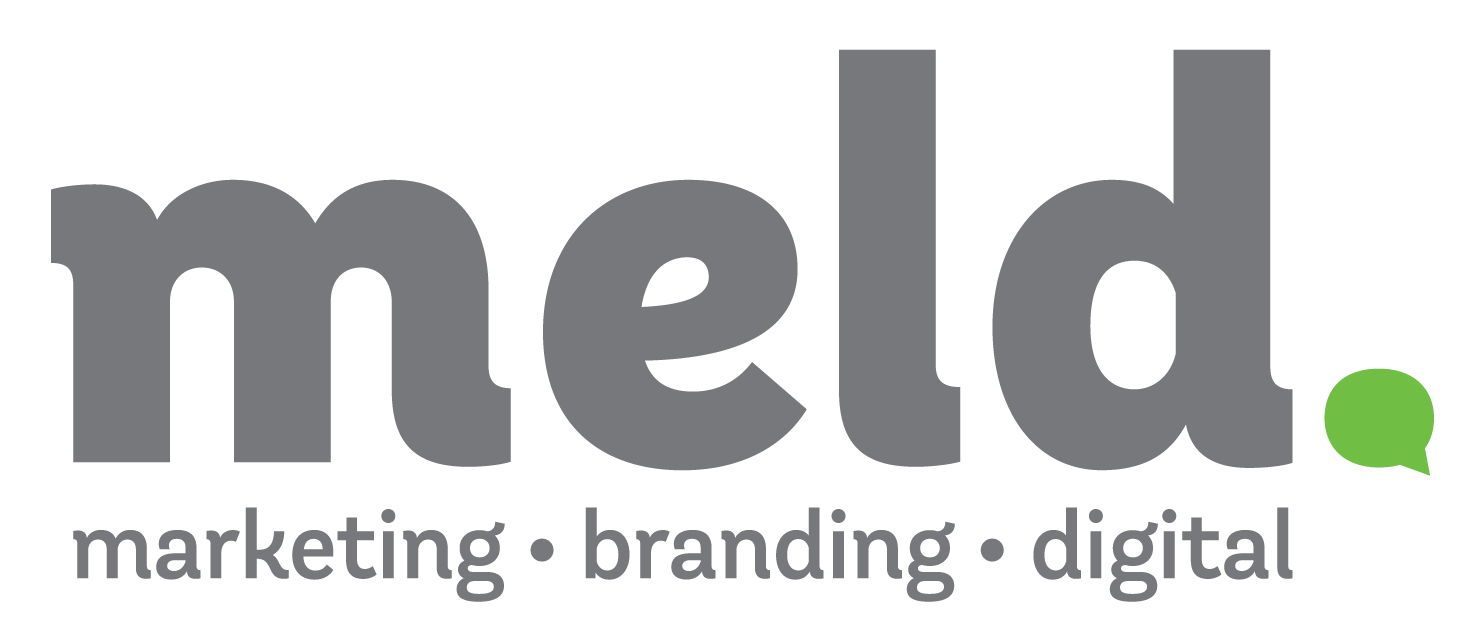Social media. For some people, it’s an entertaining way to pass the time scrolling, posting, liking, sharing, and retweeting. For others – businesses especially – social media is a daunting and often overwhelming item on the marketing to-do list. It’s something you know your company should probably be doing, but where to start? Which platforms should you be on? How often should you post? And if you’re already posting, are you doing it right?
For other businesses, social media is something they already do, but it may be a tool they’re not leveraging to its fullest extent. Can it really be that complex? And can it really be that helpful for your business? (The answer to both is yes!).
The platforms themselves and the “rules” around what is allowed and what isn’t seem to change weekly and sometimes even daily. The simple fact is, many businesses just don’t have the staff or the time to take all of this on. Instead, they turn to digital-savvy agencies (like us!) to tackle the vast world of social media on their behalf.
Over the years, we’ve helped our fair share of brands launch and maintain their social media presence. Taking on a new client for social media services always involves an element of education — both for the Meld team in terms of learning a client’s business, but also for the client whom Meld often educates about the platforms.
Like many industries, social media marketing is a realm with a language all its own. As people who live and breathe the lingo every day, we often catch ourselves using terms our new clients have never heard of (and then backtracking to explain).
So we thought, why not make a mini glossary? Below, we’ve compiled the 10 most common terms our new social media clients ask us about and their definitions so you can be in the know.
Social Media Terms and Their Definitions
1. Take
Like many of these terms, this one is an everyday word that has a much more nuanced meaning in the social media world.
A post can be defined as a ‘take’ if it asks the user to do something (reach out, make a purchase, click on a link) that benefits your business. Conversely, a ‘give’ post offers the reader some helpful information or resource, even just some good ol’ entertainment.
For example, if you post a photo of your CEO’s dogs on #NationalDogDay, that’s a ‘give.’ If you post a photo of your CEO’s dogs and direct your followers to visit your website to see more of your impossibly cute line of dog sweaters, that’s a ‘take.’
It’s always best to have a balance of give and take on your social media platforms. At Meld, we adjust the give-take rhythm of our clients’ social media posts depending on their core marketing goals.
2. Engagement
On social media, an engagement is any type of interaction a user takes with your brand on social media. This can take many forms, including likes, shares, and comments.
However, it’s important to remember these are not the only kinds of engagement. An engagement can happen on a social media post or on your profile itself. For example, an engagement can include clicking to expand the post caption and ‘Show more,’ checking in at your business’s location, or tagging your brand’s business page in a post.
3. Vanity Metric
Many people tend to confuse engagement with vanity metrics. Vanity metrics are, well, the things you probably focus on on your personal social media: the number of likes, followers, and comments.
While important, these numbers aren’t actually indicative of social media success. They don’t measure the return on investment the same way that clickthrough-rate (see below) and other social media metrics do.
So while it’s great to get hundreds of likes on a post or to gain more followers so your posts reach more people, at the end of the day, don’t get too wrapped up in the number of people who double-tapped your post or hit that follow button. Instead, focus on engagement as a whole.
4. Organic social media
And no, in this case organic does not mean GMO-free. Instead, an organic post is a social media post that has not been promoted with ad spend and is not part of a paid promotion. The posts you create on your personal social media are all organic posts, since you can’t sponsor them or promote them with ad spend.
Posts from a business page, on the other hand, have the option to be promoted with ad spend to gain more visibility and more engagement. A post is considered organic until there is ad spend put behind it. Then it is considered a paid ad or sponsored post.
Why put pay behind a post? As platforms like Facebook and Instagram have updated their algorithms over the years, the reach of organic posts has continuously dropped. Currently, Facebook’s organic reach is less than 1%. This means of the people who like or follow your business, less than 1% of them will see the post if it has no money behind it. This creates a ‘pay-to-play’ atmosphere, making ad spend almost necessary to get the kind of exposure many brands are looking for on social media.
Don’t have the money to promote every post you put up? Many businesses – including many of our clients – use a combination of sponsored and organic posts on their platforms to test what type of content audiences resonate with best and reduce costs.
5. Dark post
A dark post is a social media ad that does not appear on the posting business’s profile. Dark posts are considered ‘unpublished’ because while they do appear in people’s news feeds as an advertisement, they cannot be found or seen on a business’s profile like a regular post can.
Conversely, a light post is just the opposite – a post that, even if promoted with ad spend, is still visible on your profile or timeline.
Confused? Let’s go back to that example post about your CEO’s dogs. If you post that to your news feed as an organic post and promote it with ad spend later, it’s a light post that everyone can see if they visit your profile. If instead you built that post in Facebook Ads Manager as an ‘unpublished’ ad post, it would be a dark post. This means people couldn’t see the post if they clicked over to your profile, but it may appear in their newsfeed as an ad if they are part of your targeted ad audience.
6. Click-through-rate (CTR)
Click-through-rate (often abbreviated CTR) is a social media metric that measures the percentage of people who saw your social post or ad and clicked on it (either to read more, visit a link, etc). CTR is considered a very useful metric because it determines how successful your content is at encouraging people to take action (click) or at driving people toward your website. In reality, CTR goes beyond social media and is used on many digital platforms to measure results (ex: Google), making it an important one to understand.
CTR is determined by dividing post clicks by total post impressions. What’s considered a “good” CTR varies by industry and digital platform.
7. Cost per click (CPC)
Cost per click (often abbreviated CPC) is a social media metric that measures the average cost of a click on your ad. CPC is a useful metric because it helps determine what content gets the most bang for your buck. A low CPC means you’re getting more traffic for less money, while a high CPC means you’re paying more for the traffic you’re getting. Like CTR, CPC is actually more of a digital metric, as it can be used to measure cost on many digital platforms. For example, how much did you have to pay for each click to your Google ad?
CPC is determined by dividing the total cost of that post by the number of clicks to that post. Just like CTR, CPC varies by industry and digital platform.
8. Community management
Of course, it’s not enough just to publish a post, promote it with some ad spend, and let it run its course. That’s where community management comes in.
Community management is the process of creating, growing, and managing online communities for a business or brand. What does that mean? Long story short, a community manager interacts with your online audience for you – whether they be customers, business partners, or other employers – to help you grow the online “community” surrounding your brand.
On social media, community management takes many shapes: inviting people who’ve liked your post to like your page; reacting and responding to comments; engaging with people who have tagged your business in a post; reviewing and curating reviews; and the list goes on.
Community management is somewhat related to crisis management, a term that essentially boils down to damage control. Crisis management is responding to/handling social media occurrences or interactions that could harm your brand’s reputation or image. Examples would include hiding an inappropriate comment on a post or responding to a negative Facebook review. Crisis management usually involves a quick response to stop the situation from escalating and to minimize potential reputation damage.
At Meld, we provide community management for all of our social media clients on the weekdays and monitor social accounts on the weekend, too, in case the need for crisis management were to arise.
9. Impressions
On social media, ‘impressions’ is defined as a social media metric that counts how many times a social post or ad appeared in users’ feeds. Note that impressions only track the number of times your post appeared in the feed, not whether someone interacted with your post. Therefore, impression numbers don’t provide much helpful information about whether users actually enjoy your content or find it helpful, although it’s still a useful number.
Impressions are not to be confused with reach, which is equivalent to the number of people who saw your post or ad. The number of impressions is almost always higher than the reach, since users are able to see a post more than once in their feed. If a post was only shown to one person (a very small targeted audience) but the post appeared in that person’s feed twice, the post would have a reach of 1, but the number of impressions would be considered 2.
10. Cadence
At Meld, we use the phrase social media cadence to refer to the rhythm of posting on a particular platform. Cadence can sometimes be thought of as frequency. Cadence can also apply to particular social media campaigns or series.
Let’s visit that example about your CEO’s dog one last time. (We’re dog people – can you tell?) Let’s say you start a campaign called “Wag Wednesday,” where you post a photo of an employee’s dog every Wednesday. That’s establishing a cadence with a particular post series. At Meld, we establish monthly, weekly, and sometimes even biweekly cadences for our clients.
For many first-time social media clients who were running their social media accounts themselves prior to hiring an agency, their self-made cadence was often erratic and perhaps even non-existent. Turning to an outside source can help get (and keep) your cadence on track to make sure your presence on your platforms stays consistent.
Establishing a cadence (and sticking with it) helps build trust in your brand amongst your followers. It’s like when you know that Jeopardy! will be on every afternoon at 4:00 p.m., or that Wheel of Fortune comes on at 6:30 p.m. A planned, reliable cadence is something audiences like, whether they consciously realize it or not.
Let us be the experts
Whew! We know that was a lot to take in, but we hope you learned something. Looking for more social media insights and expertise? Need a little extra firepower in your brand’s social media? Reach out and see how our social team can help! No matter what platforms you’re looking for assistance with, we’d be happy to chat.



